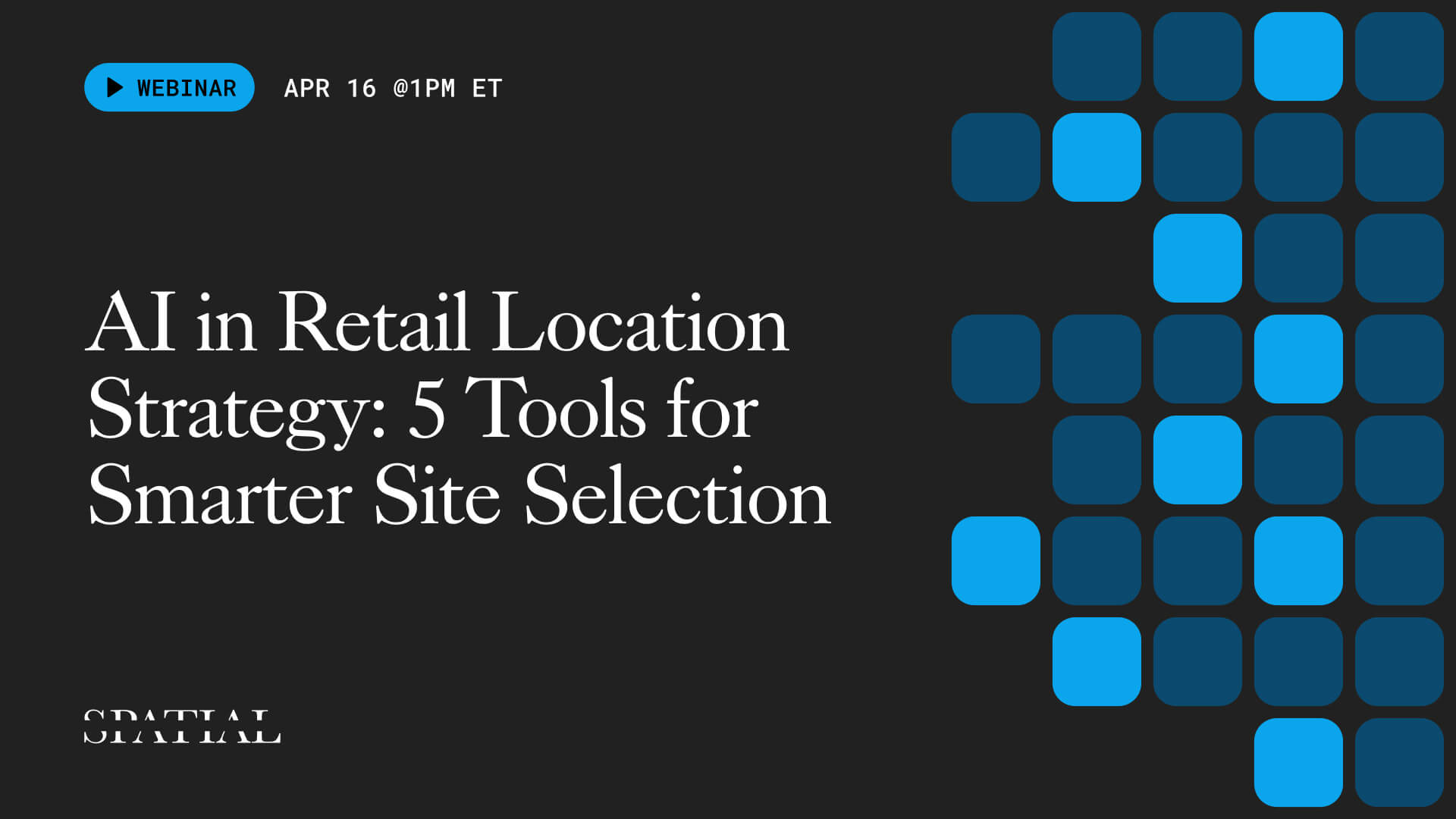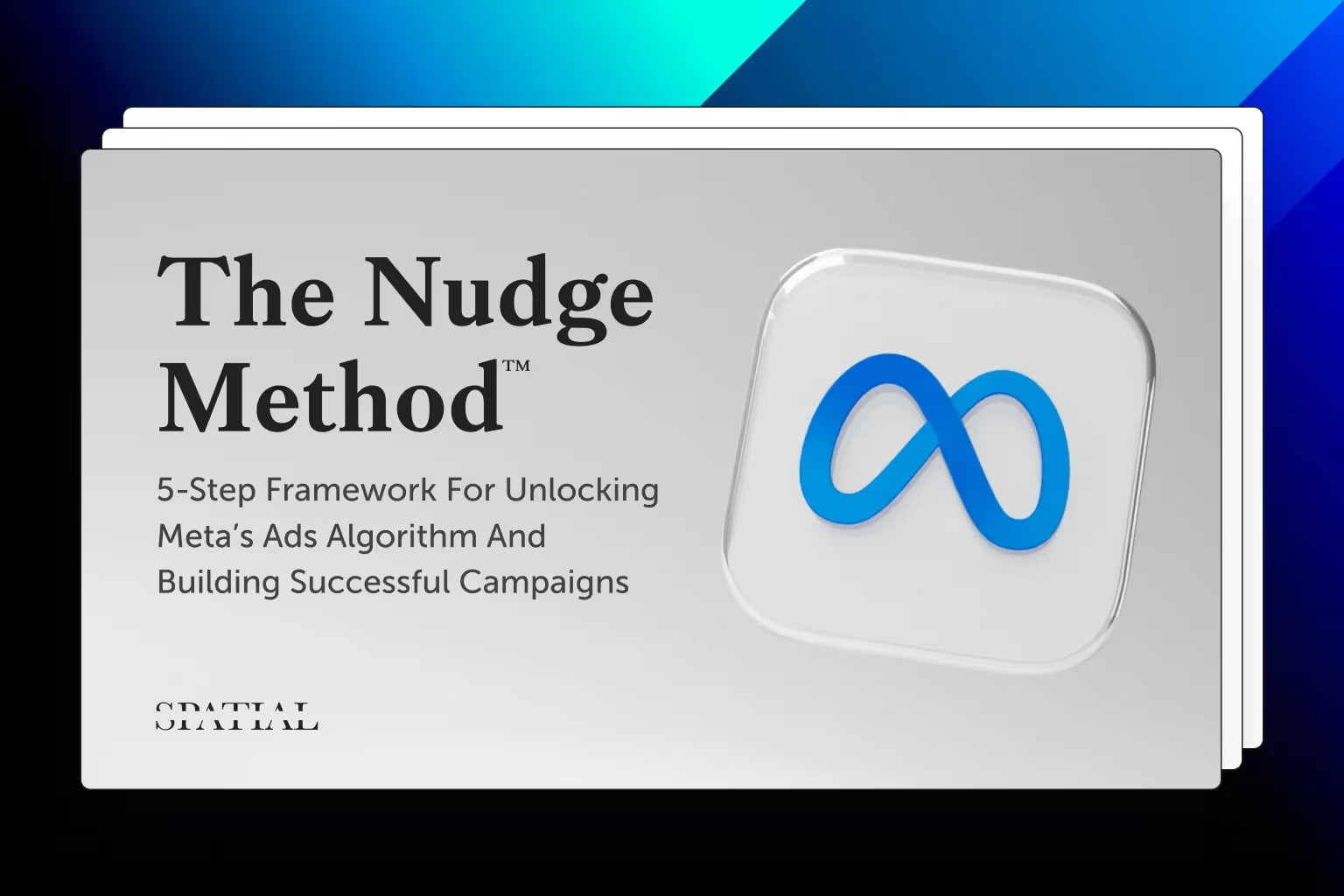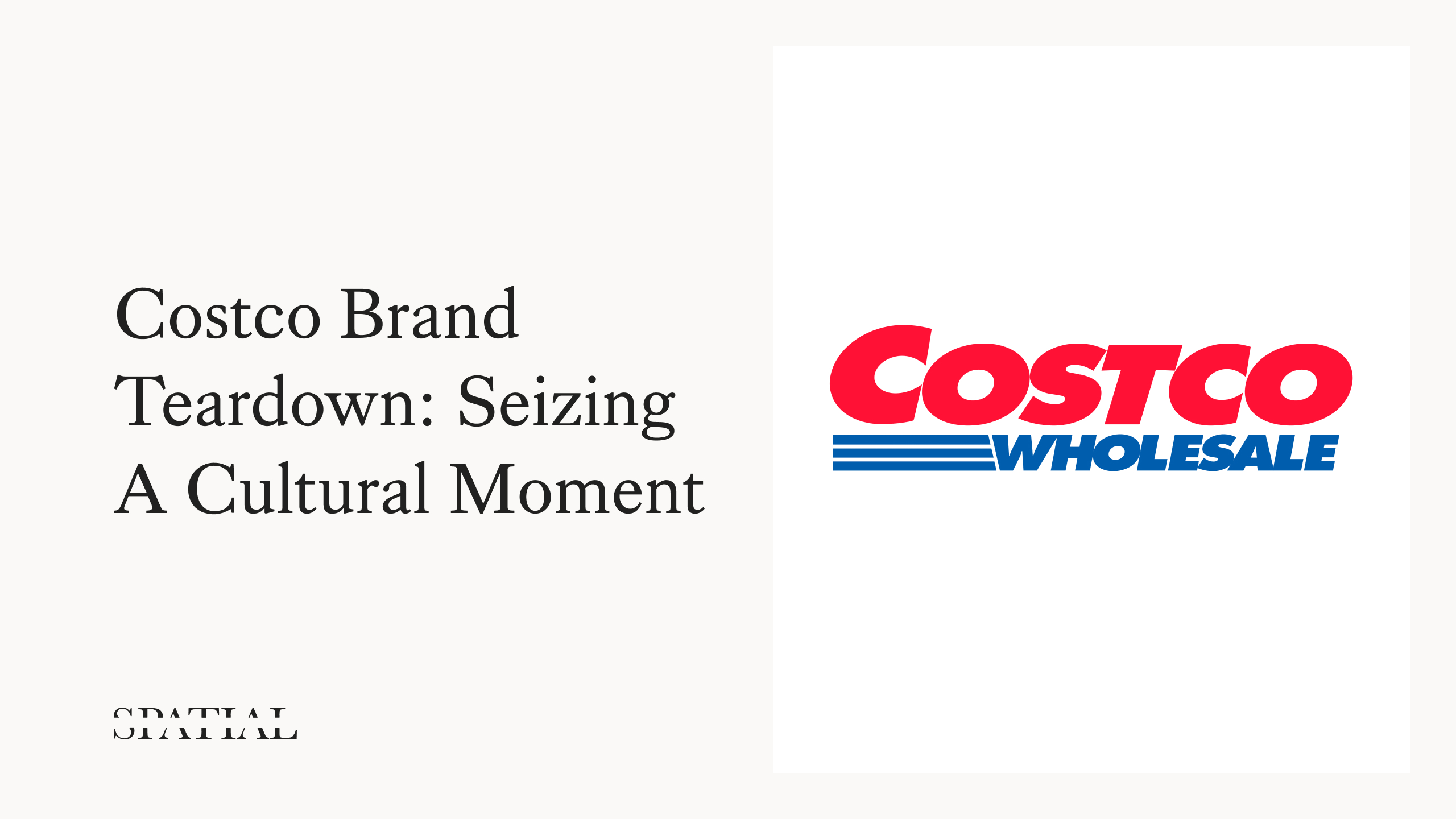How To Create a Retail Expansion Strategy by Segmenting Foot Traffic Data
It’s difficult to create a data-driven market expansion strategy for retailers that only have a few locations. Due to the low base size of stores, there is no way to model sales at new locations.
Luckily, foot traffic data provides a large base size for customer visits. By appending customer segments to these visits, we can find the type of customers coming to our stores and where they are in other markets.
To show you how it works, we’ll use Serena & Lily, an emerging furniture retailer with 15 locations across the US, as an example. We’ll develop a market expansion strategy in four steps:
- Identify Top Customer Segments
- Map High Potential Markets
- Identify New Markets
- Choose Locations Within a Market
Step 1: Identify Top Customer Segments

What types of people visit Serena & Lily? Traditionally, this would be answered with demographic data. However, the development of modern segmentation systems allow retailers to identify customers based on social, mobile, and online behaviors as well as their demographics.
So, we can find out who is visiting Serena & Lily by simply uploading a foot traffic report of current sites to the PersonaLive platform. This categorizes each device visit by segment in just a few minutes. So, for example, we can tell if a device is a high-income, older person or a college student. The output is a Segmentation Summary Report like the one below.

We chose five of their 15 sites as a sample to represent the East Coast, Midwest, and West Coast. We also chose stores with a large enough footprint to draw a clear polygon to ensure we do not incorporate foot traffic to other retailers. The following five locations all fit that profile:
- 220 BOYLSTON STREET, CHESTNUT HILL, MA 02467
- 332 MONTAUK HWY, WAINSCOTT, NY 11975
- 101 N. COUNTY ROAD, PALM BEACH, FL 33480
- 4430 MCKINNEY AVENUE, DALLAS, TX 75205
- 3720 CAMINITO COURT, SAN DIEGO, CA 92130
We then summed counts of each customer type visiting the five stores to identify the top Serena & Lily families and segments.
Top Visitors by Family and Segment


Three of their five top segments come from family J - Sunset Boomers. These are wealthy retired couples often living near destinations. The A - Ultra Wealthy Families segments are the United States's most wealthy consumers. The final family here is G - Educated Urbanites, which represent higher income and hip singles in cities.
Serena & Lily saw a surprisingly high visitation from wealthy retired customers, especially compared to the national population.
Step 2: Map High Potential Markets
Next, we need to identify markets for Serena & Lily that can support the most regional expansion. To do this, we sum the percentage of the households in our top 10 segments and visualize the percent of the population that falls into those segments by county. Let’s look at Serena & Lily's cluster of stores in the Northeast to visualize the percentage at the county-level.

It is not surprising that Serena & Lily stores are already in counties where their target segments make up a high percentage. Near the Washington location, their segments are 58% of the population.
Step 3: Identify New Markets
Now we will take that same county-level approach and zoom out to the entire US to identify new markets.

This map shows us that Serena & Lily is intuitively doing well at placing stores in the right markets. There are some ideal areas for expanding North through Road Island and Boston. There are opportunities south of the Tampa market, in Houston, Portland, Seattle, and Salt Lake City. The biggest standout here is one county in Denver whose population is 74% Serena & Lily segments. Surrounding counties provide room for multi-unit growth.
Let’s explore this market at a more granular level.
Step 4: Choose Locations Within a Market
At this point, Serena & Lily would want to bring in some information about traffic counts, trade area size, and local knowledge of retail locations. We will focus on placing locations as close to our target groups as possible for this analysis.

The block group highlighted has 1,547 total households that fall into our target segment.
Above is a block group map of the Greater Denver market shaded by the count of households in Serena & Lily’s top segments. There are several ideal locations from Aspen to Boulder, Jefferson, and Denver proper. From here, we can begin looking for open leases. A quick search revealed three locations that have our ideal footprint.


At the location-level, we want to begin weighing things like rent, attractiveness, the population of segments nearby, traffic counts, etc. This is also an opportunity to incorporate our Geosocial Proximity segments to ensure these neighborhoods have the right Serena & Lily vibe.
Conclusion
To recap, we found the top segments visiting Serena & Lily stores and used that to find the markets with the highest percentage of ideal customers. We zoomed in to the Denver market and again used those top segments to find widdle down to the top three potential locations for Serena & Lily in the market.
What you should do now
Whenever you're ready, here are 3 ways Spatial.ai can help:
- See PersonaLive In Action. If you'd like to segment and target your best customers using real-time behavioral data, schedule a free 30-min demo to get started.
- Subscribe To Consumer Code. If you've found this helpful, check out our newsletter and podcast where we share more consumer research and insights for retail marketers.
- Share This Post. If you know another marketer who’d enjoy reading this post, share it with them on Linkedin, X, or Facebook.
Get retail marketing tips
We email every monday with smart growth strategy ideas. Almost no promotion. Just value.

.avif)
%20(1).jpg)







